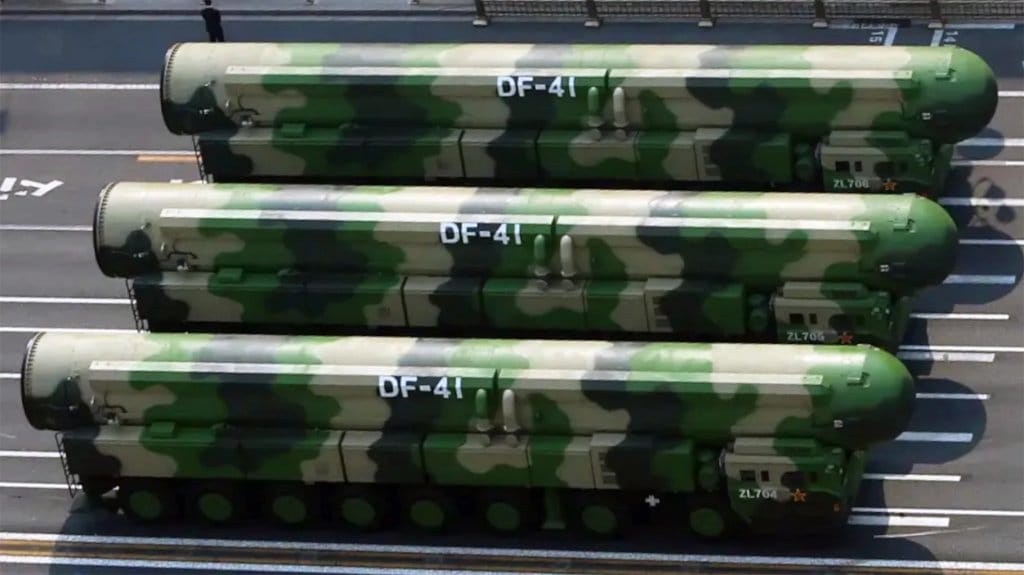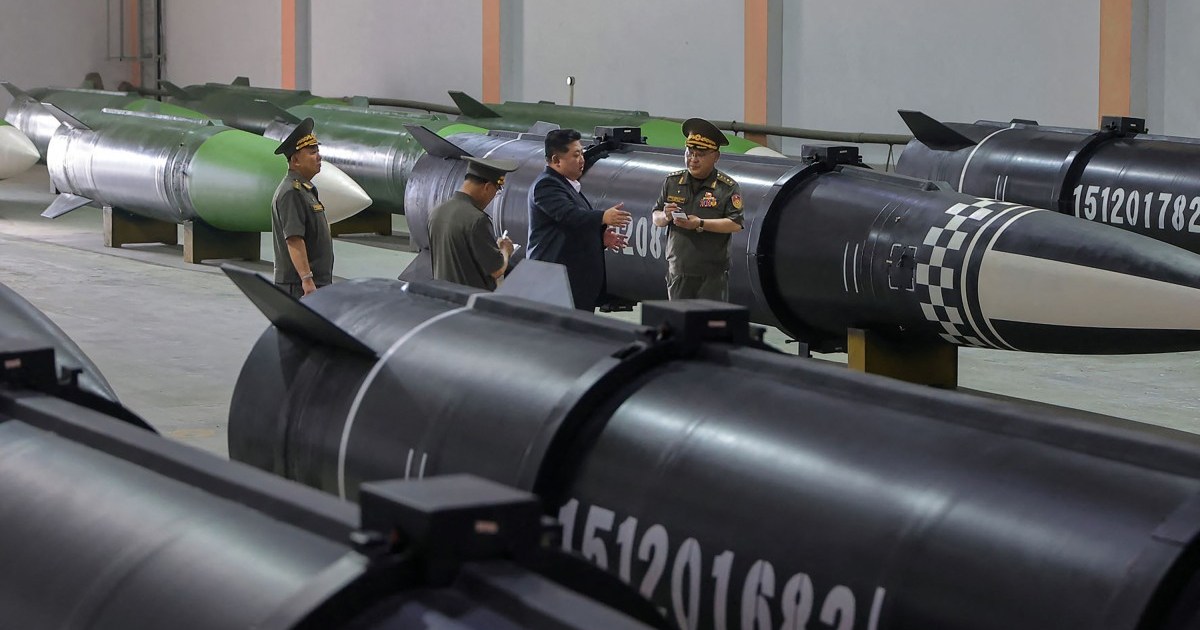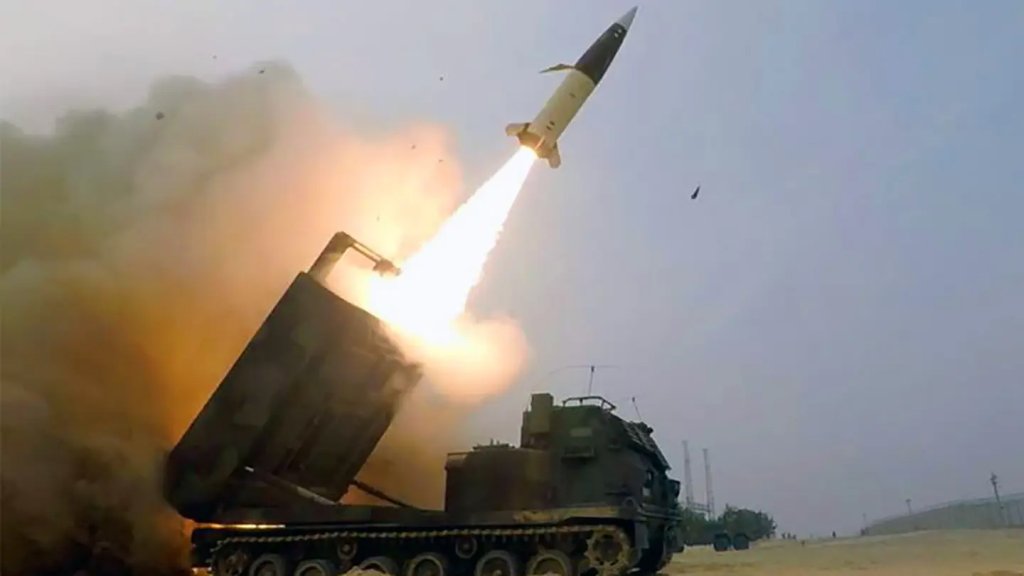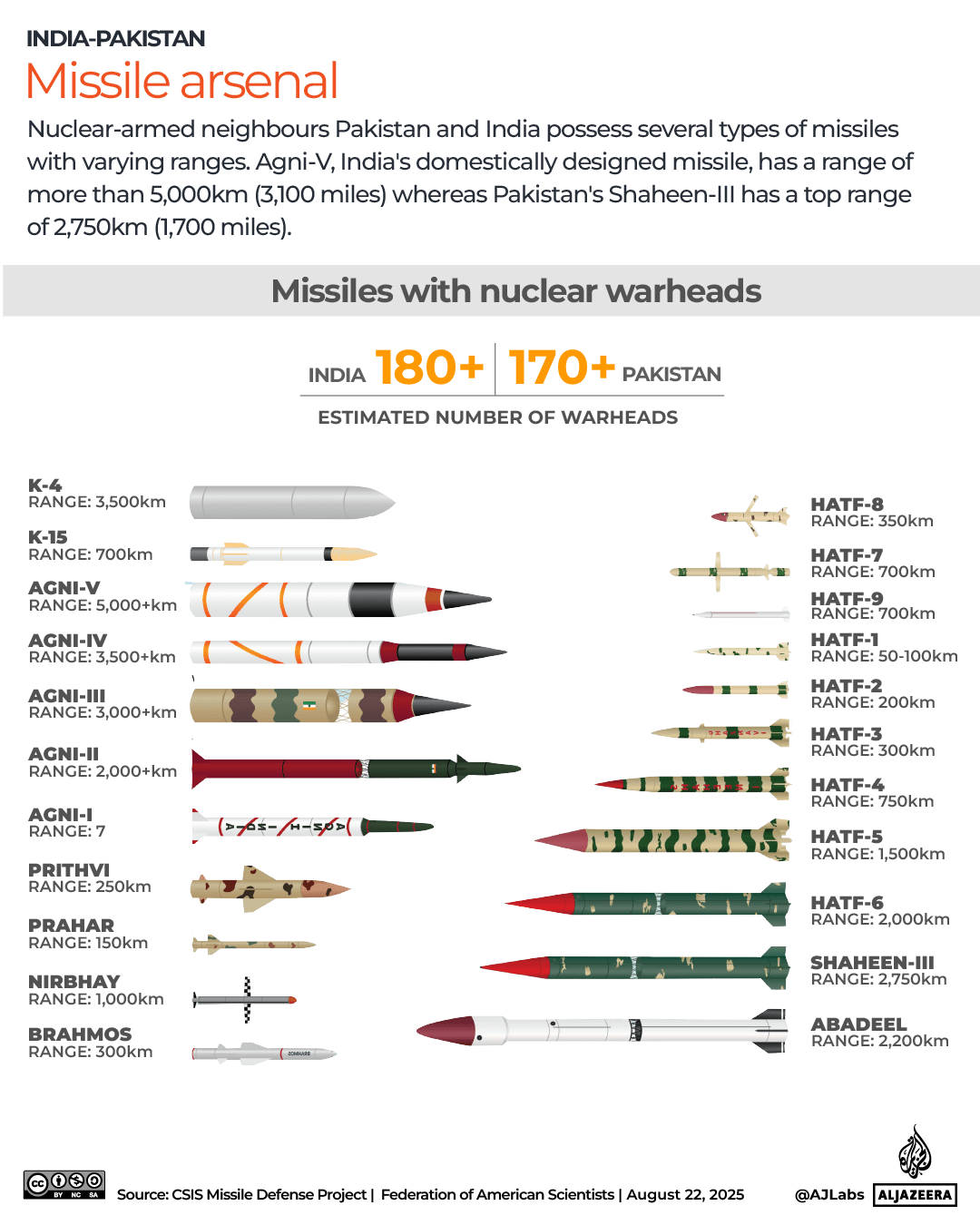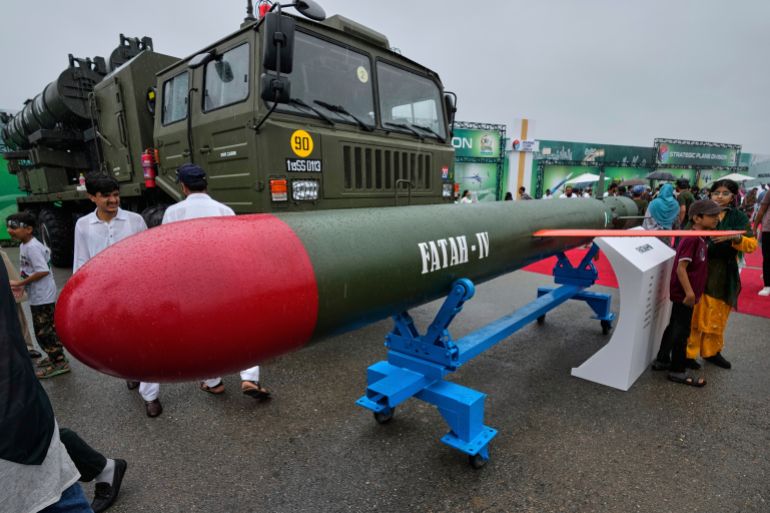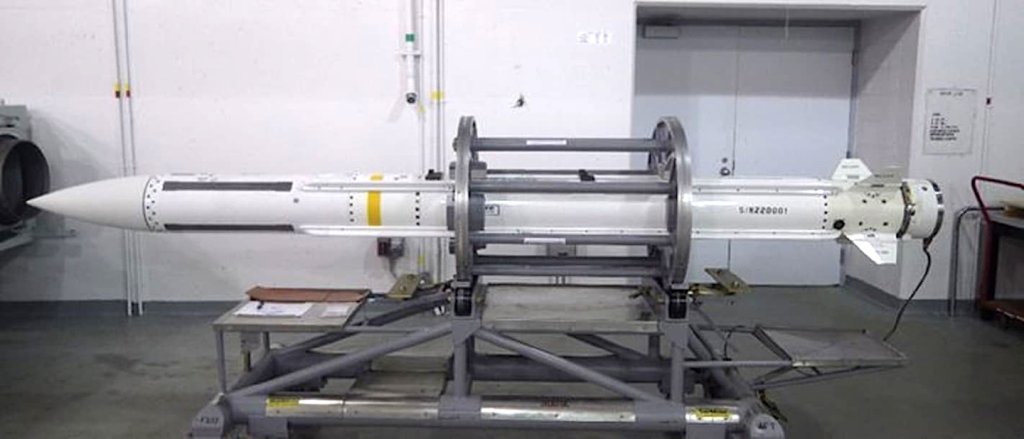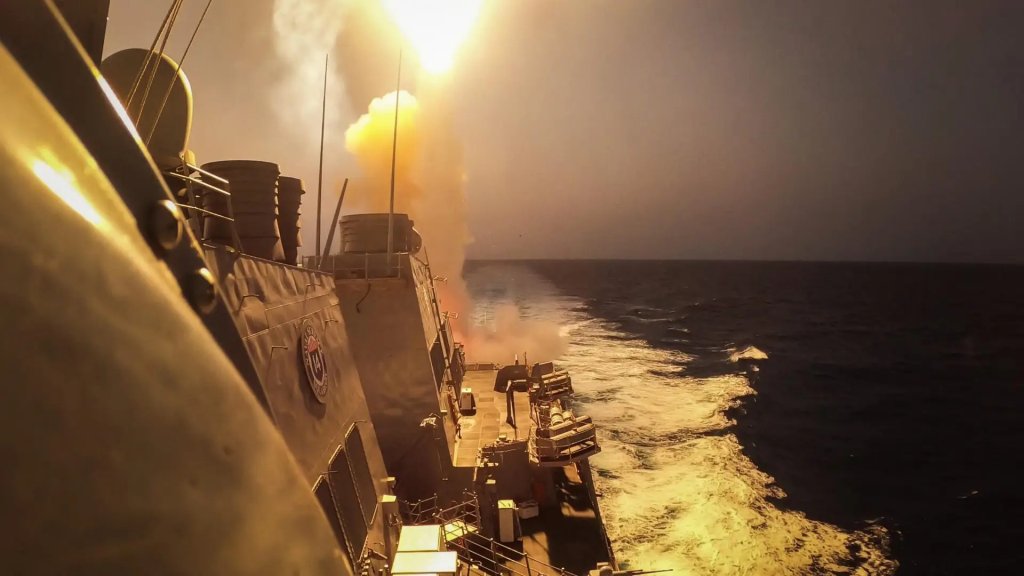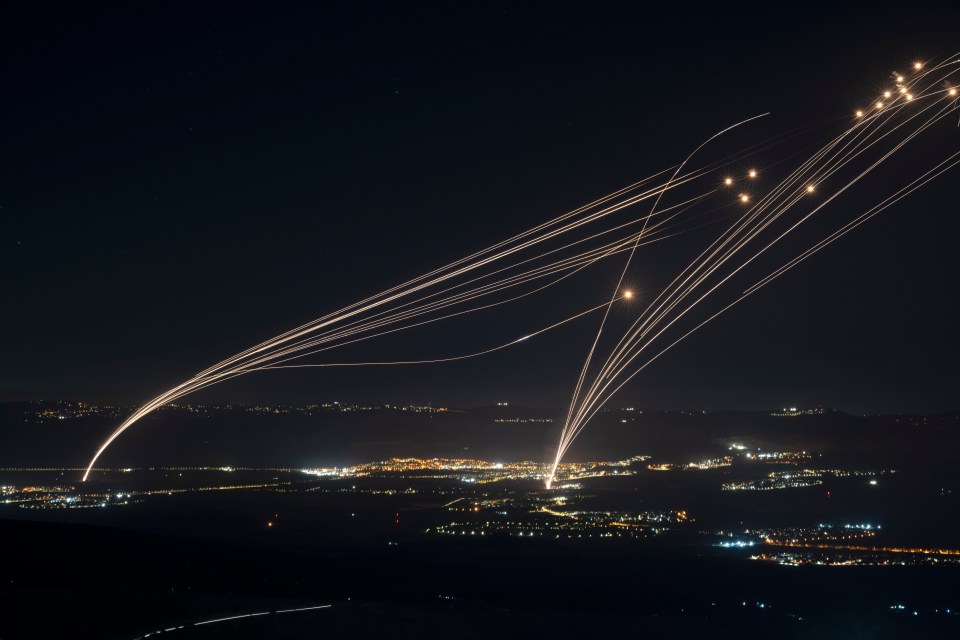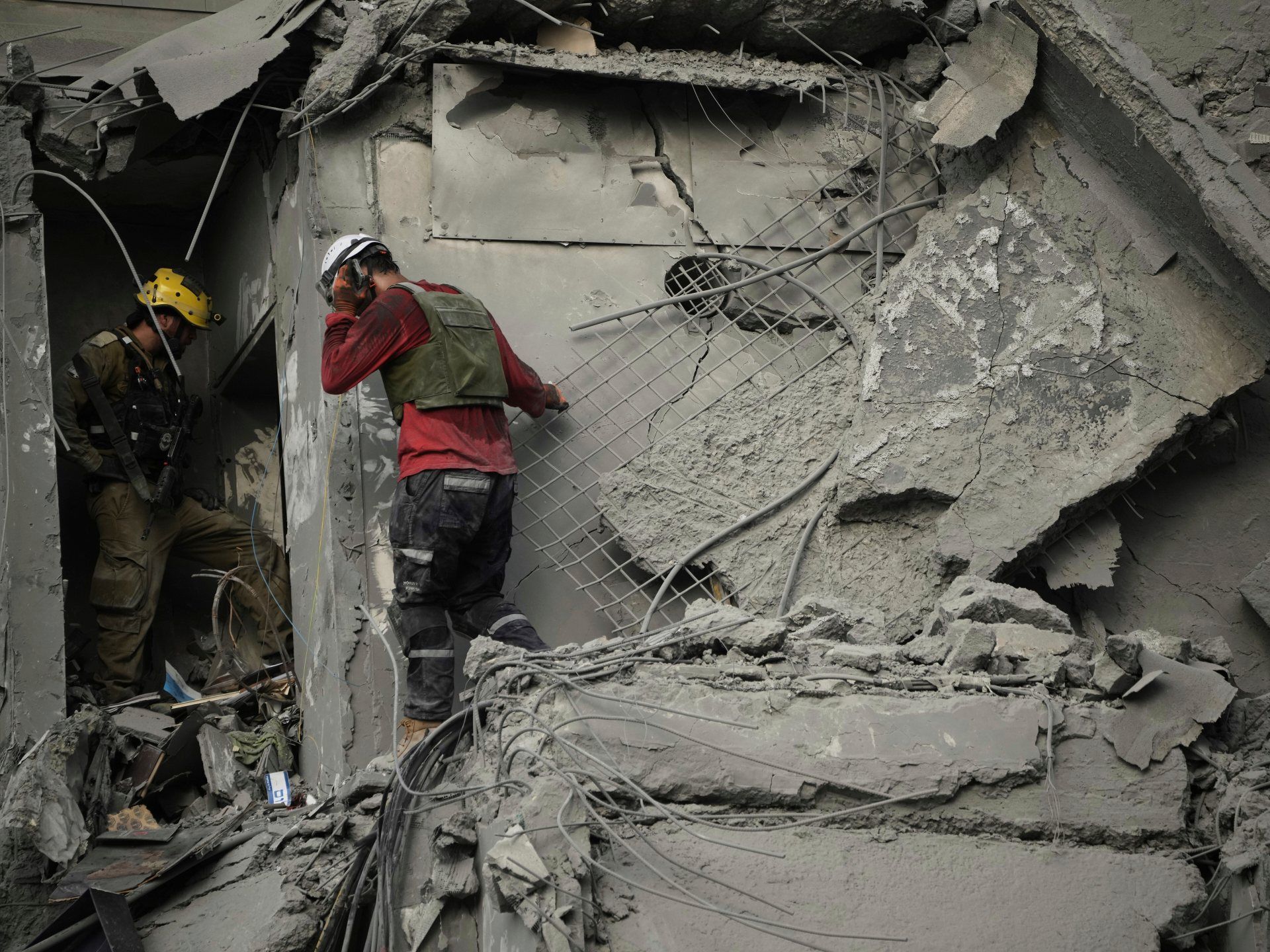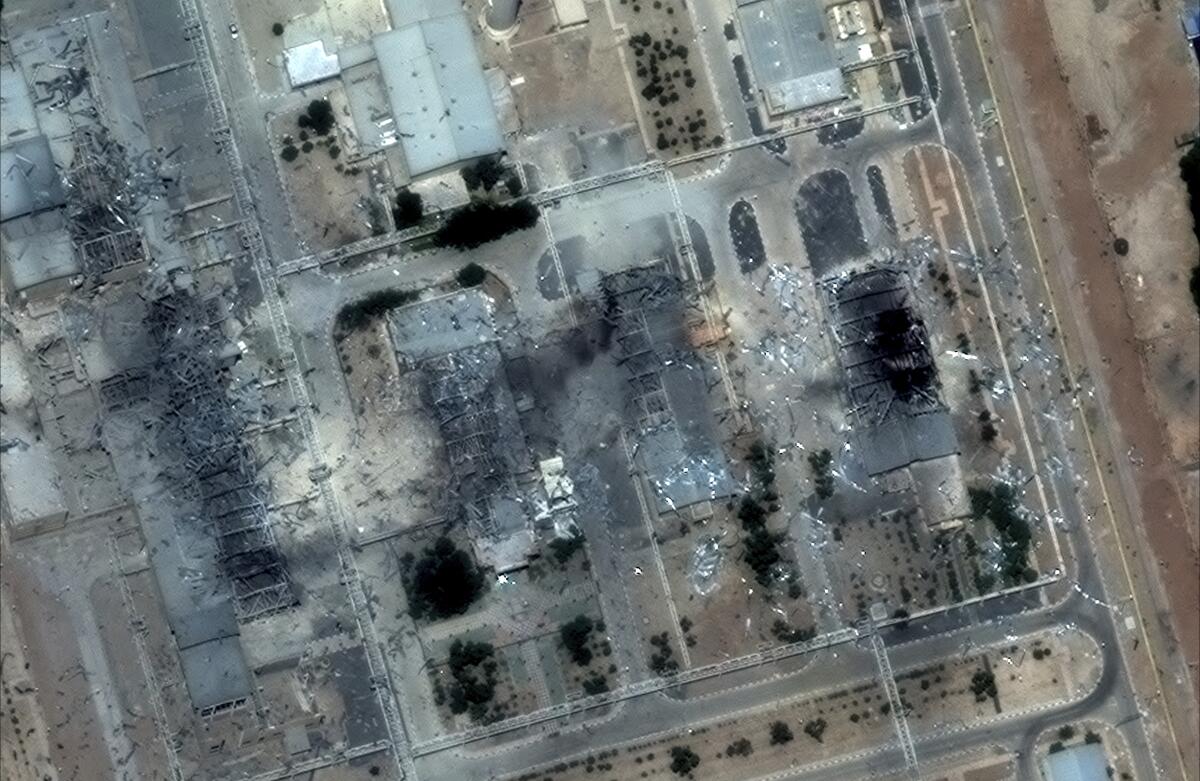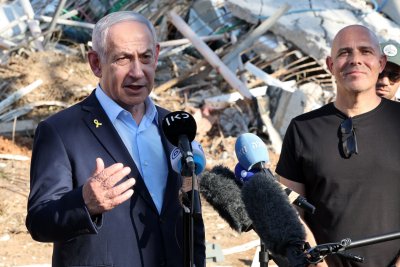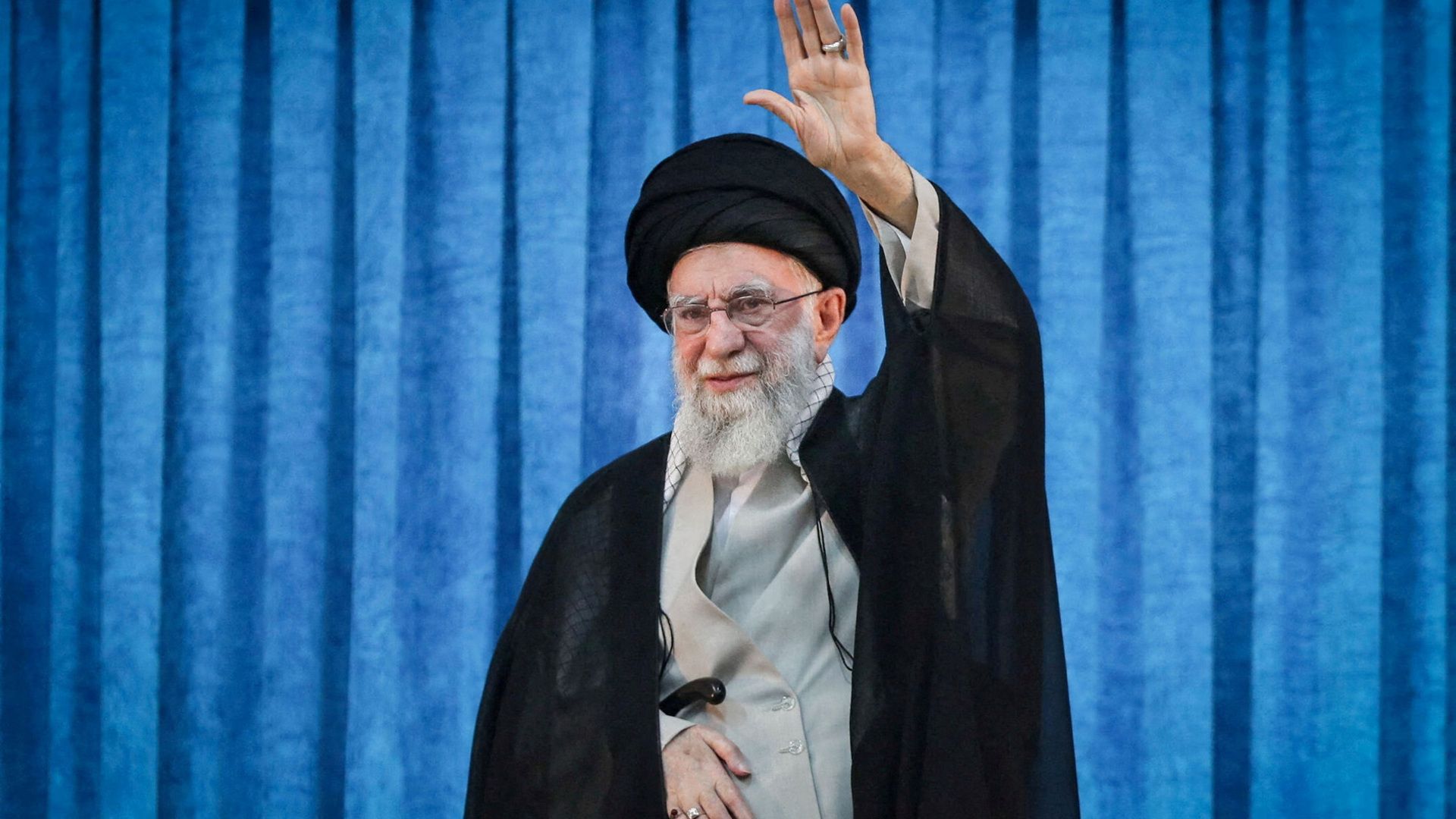China’s New DF-61 Intercontinental Ballistic Missile Breaks Cover
What looks to be a new Chinese road-mobile intercontinental ballistic missile (ICBM) dubbed the DF-61, or at least a transporter-erector-launcher (TEL) for it, has emerged amid last-minute preparations for a massive military parade in Beijing. There have been reports for some time now that China has been developing next-generation ICBMs, including a successor to its road-mobile DF-41 ICBM, as part of a larger buildup of its nuclear deterrent arsenal.
Imagery showing 16-wheeled TELs loaded at least with canisters marked DF-61 (whether or not there is an actual missile inside is unknown) is now beginning to circulate online. It is currently early morning on September 3 in Beijing. Preparations for the imminent parade, which will mark the 80th anniversary of the country’s victory over Japan in World War II, have been going on for months now, and various new capabilities have already emerged.
No hard details have yet to emerge about the DF-61, and it is unknown at this time whether or not it is said to be in service. A point of reference, the DF-41 was first shown to the public at another major parade in 2019, but its development is understood to have started before 2000, and it had reportedly begun entering operational service in 2017. The DF-41 is some 20 meters long, has an estimated range of between 12,000 and 15,000 kilometers, and can be loaded with up to 10 multiple independently-targetable reentry vehicle (MIRV) warheads, according to the Missile Defense Project at the Center for Strategic and International Studies (CSIS) think tank.

A story last year from The Washington Times said that references to a DF-41 successor, referred to at that time variously as the DF-45 and DF-51, have appeared on the Chinese web since at least 2020. That piece came after U.S. Air Force Gen. Anthony Cotton, head of U.S. Strategic Command, reportedly told members of Congress that China was developing a “new generation of mobile intercontinental ballistic missiles” at a closed-door hearing.
“Sometimes called the DF-45 or DF-51, it is clearly intended to outperform the DF-41,” Rick Fisher, a senior fellow with the International Assessment and Strategy Center think tank, told The Washington Times at that time. “Such an ICBM would not be much larger than a DF-41 to preclude a road-mobile version.”
Fisher also told The Washington Times that China had the capacity to build larger TELs if the DF-45/DF-51 were to be significantly larger than the DF-41. However, as it stands now, the DF-61 looks to be broadly in line size-wise with the DF-41, with both using 16-wheeled TELs.
“The DF-45 would have a takeoff weight of 112 tons and a payload weighing 3.6 tons and be armed with seven 650-kiloton warheads. The new missile’s estimated range would be 7,456 to 9,320 miles,” The Washington Times also reported, though the sourcing behind these details is unclear.
“There are other reports of a DF-51. For example, there is a passing reference to it in a 2006 article in a Hong Kong publication. One report indicates that: 1) its launch-weight is 130-tons, 2) it can carry three five-megaton MIRVs , and 3) it can carry China’s Fractional Orbital Bombardment System,” according to a seprate 2024 report from the National Institute for Public Policy (NIPP) think tank. “Another report says it has a range of 15,000-km and can carry 14 warheads. The U.K.’s Teleraph.com says 10 warheads. Both ten and 14 relatively light warheads are reasonable numbers for a missile more capable than the DF-41.”

NIPP’s report also noted that “it is unclear whether the DF-45/DF-51 is one or two systems” and that, “if it is two systems, one might be a replacement for the DF-41 and the other for the DF-5.” The newly emerged DF-61 could still be just one of several all-new ICBM designs China has been working on.
What is well known is that China has been investing heavily in recent years in expanding its ICBM arsenal, including the construction of vast new fields of silos, as a part of a larger nuclear build-up. What looks to be a new silo-specific variant of the existing DF-31 ICBM, the DF-31BJ, is also included in today’s parade.
“The PLARF [People’s Liberation Army Rocket Force] is advancing its long-term modernization plans to enhance its ‘strategic deterrence’ capabilities,” the Pentagon had noted in the unclassified version of an annual report on Chinese military developments that it sent to Congress in December 2024. “The PRC is developing new intercontinental ballistic missiles (ICBMs) that will significantly improve its nuclear-capable missile forces and will require increased nuclear warhead production.”
“Over the next decade, the PRC [People’s Republic of China] probably will continue to modernize, diversify, and expand its nuclear forces rapidly. The PLA seeks a larger and more diverse nuclear force, comprised of systems ranging from low-yield precision strike missiles to ICBMs with multi-megaton yields to provide it multiple options on the escalation ladder,” that report added. “In 2023, Beijing continued its rapid nuclear expansion. DoD estimates the PRC has surpassed 600 operational nuclear warheads in its stockpile as of mid-2024 and will have over 1,000 operational nuclear warheads by 2030, much of which will be deployed at higher readiness levels. The PRC will continue growing its force through at least 2035.”
The DF-61 is just one of a number of major unveilings still expected to come at the parade today. As already noted, many new capabilities, including a number of new air combat drone designs and previously unseen high-speed strike missiles, have already broken cover during the months-long preparations for today’s event.
If nothing else, we now know the official nomenclature of at least one new ICBM design China has been working on.
Contact the author: [email protected]
